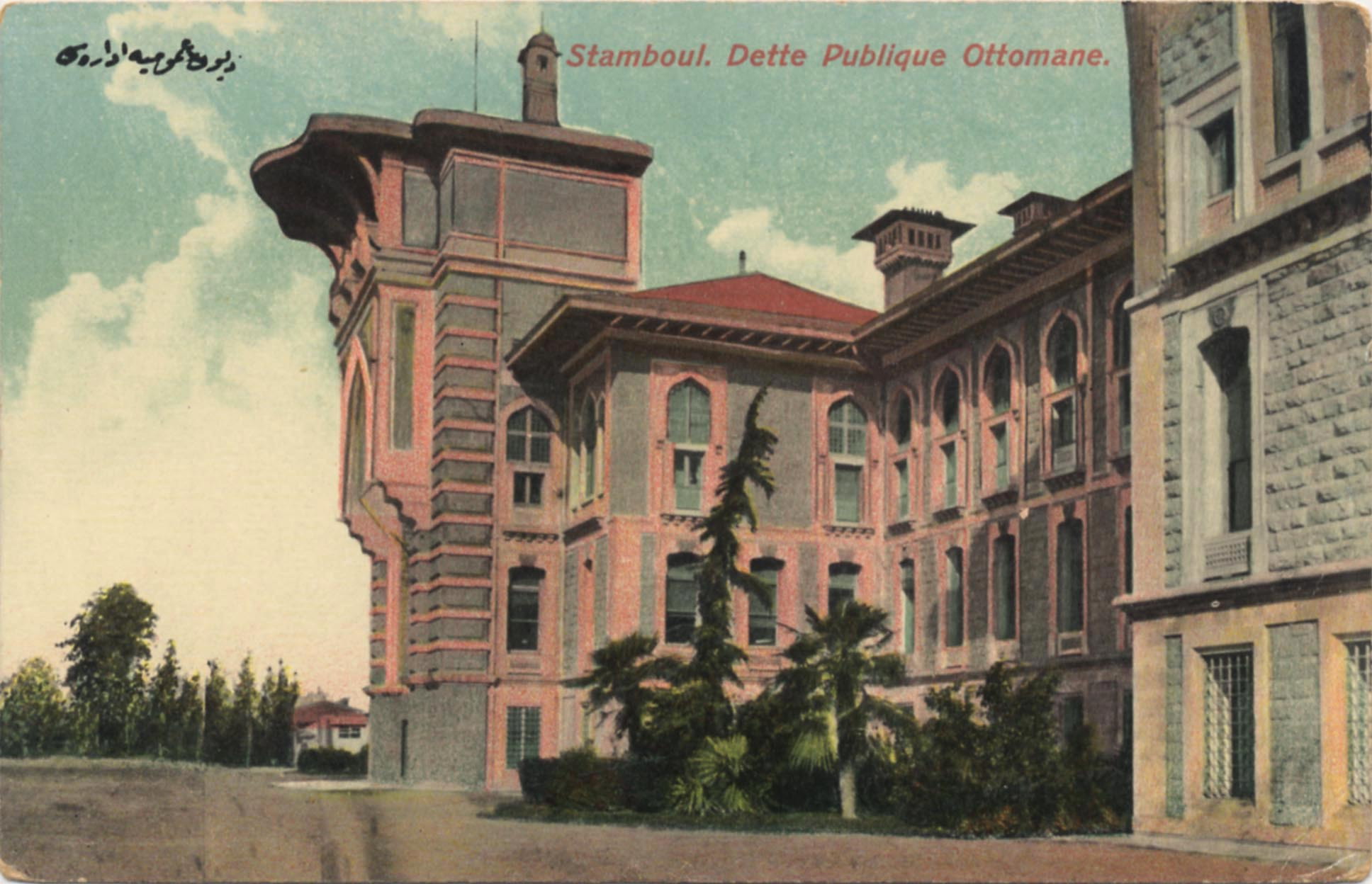The levantine architect who decorated Istanbul in the 19th century: Who is Alexandre Vallaury?
Today, most of the structures that attract the attention of those who go to Istanbul as tourists are his work. So, what kind of life story does Alexandre Vallaury, the grandson of a confectioner, have?

Alexandre Vallaury was born in Istanbul on April 2, 1850, and is originally from France. His grandfather, Edouard Vallaury, came as the cook of the French Ambassador to Istanbul in 1806, and in the following period, he did not leave Istanbul and settled here with his family. Although there is not enough information about Alexander Vallaury's childhood and growth period, it is estimated that he completed his secondary education at Istanbul Saint Joseph High School.
Vallaury returned to France for his architectural education and studied at the Paris School of Fine Arts (Ecoles des Beaux-Arts), which gave the most prestigious architectural education of the period. In the 1880s, he completed his education and returned to Istanbul. Upon his return to Istanbul, he participated in the exhibitions of the Elifba Club in 1880 and 1881 to make his name known. He exhibited his works in these exhibitions and started to be recognized.
The First Fine Arts School of the Ottoman Empire
In 1882, he designed a small building with 5 classrooms for the school, which was then the Sanayi-i Nefise Mektebi and would later be named Mimar Sinan Fine Arts University. Additions were made to this building in 1892 and 1911 and its use was closed in 1916. Today, this building serves as the Istanbul Archeology Museum, the Museum of Ancient Oriental Works. It is planned to give painting, sculpture, and architecture lessons at this university, which is the first fine arts school opened in the Ottoman Empire. Alexandre Vallaury was the first of the teachers who taught architecture in the school. Although it is not certain, it is estimated that he prepared the architectural regulations of the school himself.
Architecture Period
The Sanayi-i Nefise Mektebi project, which Vallaury worked on in 1882, is one of his first works. He spent the first ten years productive and produced many works. (Sanayi-i Nefise Mektebi (1882), Cercle d'Orient (1884) in Beyoğlu, Hidayet Mosque (1887) in Eminönü, Turkish Tobacco Pavilion for the Paris International Fair (1889), Istanbul Archeology Museum (1891), Karaköy Bankalar Ottoman Bank General Directorate (1892) on St. Street, Pera Palas Hotel on Meşrutiyet Avenue (1893)). Again in this period, he was elected as a member of the French Institute in 1888. It was also thanks to his works during this first decade that Vallaury gained fame. The Ottoman Bank building he built in 1892 became a source of inspiration for many architects and buildings similar to this bank were started to be built.
Our architect, who started to gain fame, also signed many projects during this time (Tokatlıyan Hotel in Tarabya, Büyükada Greek Orphanage (1890), Union Françoise (1896) on Tepebaşı Meşrutiyet Street, Decugis House (1895) and Cağaloğlu Düyun-u on the same street. General (1897)). The Düyun-u Umumiye building, one of his works, currently serves as Istanbul Boys' High School. Also around this time, in 1896, he was honored with the Legion d'Honneur, France's highest civilian honor.
The period of his career between 1900 and 1904 is generally composed of residences for the Ottoman Dynasty. He has signed the works of Afif Pasha Mansion, Abdulmecid Efendi Mansion, Rıdvan Pasha Mansion, Vahdettin Mansion, Haydarpasa Medical School, and İstinye Osman Reis Mosque.
He resigned from his duty at Sanayi Nefise Mektebi on August 10, 1908, and prepared his last work for the "Abide-i Hürriyet" competition in 1909. This competition was organized for a monument that will be prepared in order not to forget those who lost their lives in the 31 March Incident. There is not much information about Vallaury's life after his resignation. He died on May 2, 1921, and his body is thought to be in the Feriköy Latin Catholic Cemetery.
-----------------------------------------
ALEXANDER VALLAURY’S ARCHITECTURE: AN OVERVIEW
https://levantineheritage.com/note148.htm
